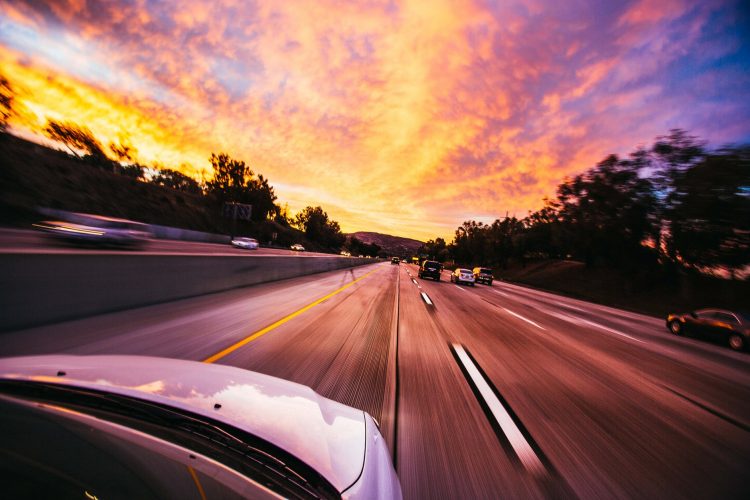When it comes to car accident lawsuits, evidence plays a huge and really crucial role in who the eventual ruling favors. Photos of the scene of the accident, especially those that seemingly depict how the negligent party is responsible, do tilt the ruling. And without them, even the most competent of all personal injury lawyers will find it hard to argue the case in your favor.
Evidence will form the backbone of your car accident and personal injury lawsuits. Your focus should, therefore, focus on getting clear shots of the following types of evidence:
1. The scene immediately after the accident
One of the most important pieces of evidence to be presented at the floor of the court will be how the scene of the accident was. They will analyze the skid marks, stoplights, the driving lanes and pretty much every piece of information that could potentially show who the negligent motorist was. And so, if you know that you were not responsible for the accident, take pictures of the scene from all directions and vantage points.
2. The injuries, if visible
Photos of any visible cuts, bruises and scrapes are equally important in a car accident lawsuit. They will aid in determining the extent of damage suffered as well as how much in compensation you will receive.
3. The extent of damage suffered by your car
You should not forget to take photos of the specific areas where your car was hit. A couple of photos and a video or two will later help conclude how the accident occurred and whether the accused was driving fast. The extent of damage will also be used to determine whose car was at fault.
4. Record the contact information of the witnesses
It is not enough to only get the name, DL number and the insurance information of the party responsible alone. You should ask those who witnessed the happenings for their names, phone numbers, and contact addresses. If it was a hit-and-run, don’t bother to go after them. Instead, let the police do that as you get as much witness information as possible.
5. Ensure you see the police report
The cops will come and assess the situation. They will list down the general condition of the victims and the cars and perhaps record accounts of various eyewitnesses around. Being a victim, you should ensure that a report is taken.
6. Find out where they will tow your car to
It is your responsibility to determine where they will take it and if the towing company will tamper with its condition. This is because, later when the case will be on trial, the judge might request an independent mechanic to assess the wreckage. It should, therefore, be stored well and without getting tampered with.
7. Avail a medical report
With all the other aspects taken care of, make sure to compile your entire medical report. The report should include all the records about the healthcare appointments, payments made and what the doctor concluded. You will use it to make a claim and pursue compensation when the trial begins.
8. Let your attorney determine the way forward
Finally, you must liaise with a personal injury lawyer and see how you will approach the case. Remember, you will build your claims for damages around the photo and video evidence at your disposal. All of them will not only give weight to your insurance claim but also help build a good case once you file a personal injury lawsuit.

